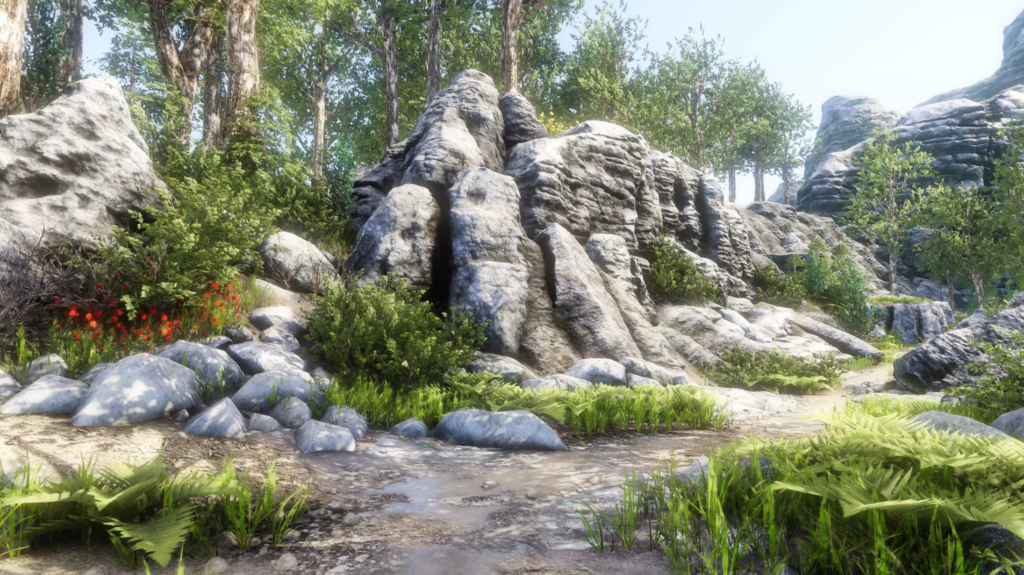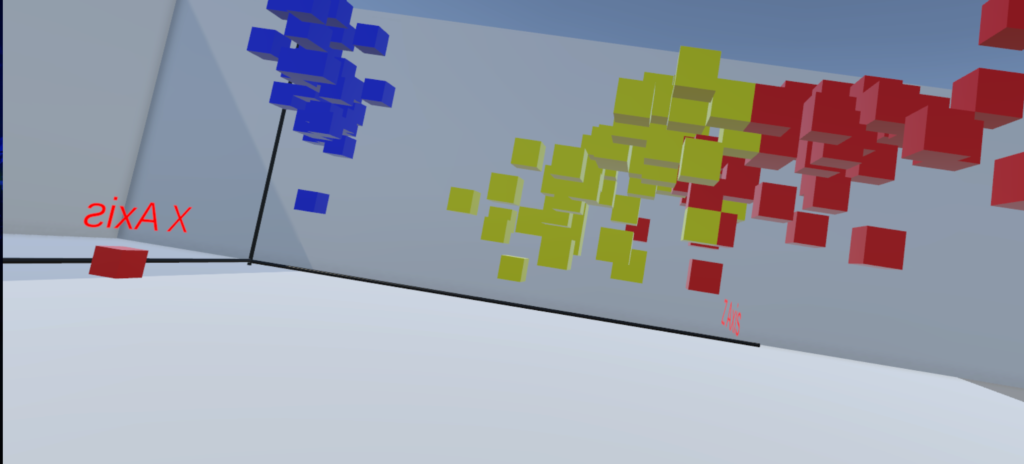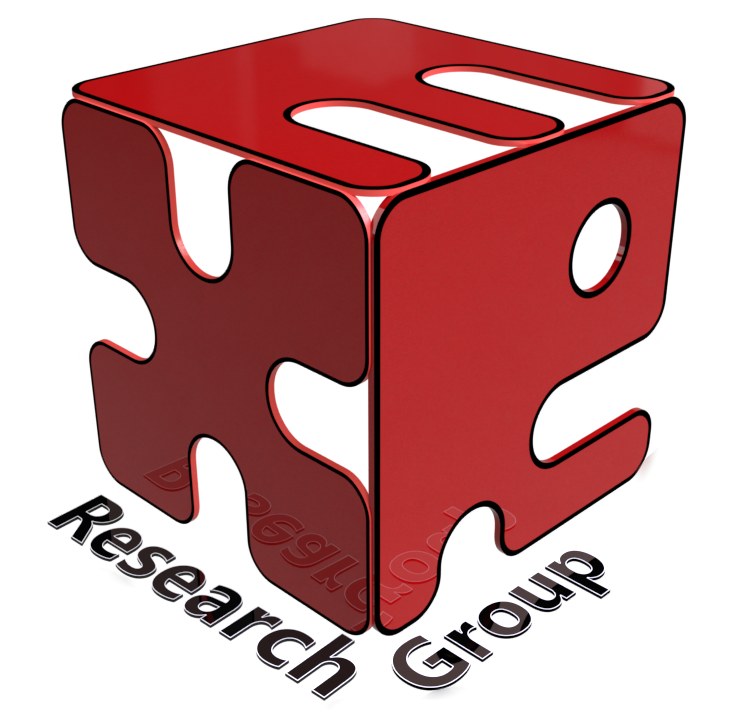1.Sensor-VR
A collaborative Virtual Reality (VR) project aimed at investigating the intricate connection between environmental stimuli and mental health. The increasing integration of VR in healthcare settings has demonstrated its potential as a therapeutic tool for mental health issues. By leveraging VR technology, our research seeks to advance understanding beyond therapeutic interventions to explore the broader impact of urban environments on mental well-being and urban planning. This is a novel approach to measuring physiological responses using sweat sensors in response to environmental stimuli in a safe virtual environment.
Project Objectives:
Emotion Measurements: Implement features to measure human reactions and physiological responses to the situations presented in the VR environment. The goal is to gather real-time data on stress biomarkers such as cortisol and adrenaline levels, providing valuable insights into emotional responses. The advantage of using VR lies in its ability to create near-real scenarios without jeopardizing the user’s safety. Traditional methods of inducing stress or anxiety for research purposes can be ethically challenging and may pose risks to participants. VR offers a controlled and ethical environment where users can experience emotionally charged situations without actual harm, ensuring participant safety while obtaining authentic emotional responses.
Scene Creation: Develop VR scenes that evoke extreme emotional responses, leveraging current VR applications in mental health therapy. For instance, VR exposure therapy has shown promise in treating anxiety disorders by creating controlled, immersive environments to confront fears gradually.
Scene Descriptions:

Calm Scene – Urban Oasis: Building on the concept of VR mindfulness applications, the Calm Scene aims to provide a serene and rejuvenating environment. This aligns with current VR wellness applications that use immersive experiences to reduce stress and promote relaxation.
Anxiety/Stress Scene – Troubled Neighborhood: Drawing inspiration from VR simulations used in exposure therapy, this scene aims to induce controlled stress to study physiological responses. This extends the current application of VR in mental health by exploring its potential as a tool for understanding stress triggers in urban environments.
2-Spatial Data Visualization
(Immersive Data Analytics)
Recent publications highlight advancements in presenting abstract data for improved understanding in immersive environments.
Identified Gaps in Literature:
While many use cases have been introduced, experimental evidence demonstrating the benefits of 3D scatterplots in VR, especially in the financial domain, is rare. Existing studies by Arns et al. and Nelson et al. indicate improved performance and familiarity in Virtual Reality Environments (VRE) during cluster identification tasks, but the specific contributions of the third dimension versus increased immersion remain unclear (Matthias Kraus et.al 2022).

Project Goals:
The primary goal of this project is to create a relevant VR experience using real financial/stock market data for the purpose of user testing. The focus is on investigating the effect of visualizing financial data in an immersive VR environment on cognition and interactions. Key objectives include:
- Designing and implementing a VR visualization platform for financial data.
- Conducting user testing to evaluate the impact of immersive VR on participants’ cognitive understanding of financial data.
- Investigating user interactions within the VR environment and assessing the perceived benefits and challenges.
- Providing insights into the potential advantages of 3D visualization in financial contexts and contributing to the broader understanding of immersive analytics in real-world applications.
